This album contains photographs of the posters from the TPS Knowledge Exchange held at the NCSS 2024 in Boston, MA.
The session featured 51 Posters from TPS Consortium members from around the country.
Thanks to  Crystal Payne
for weaving through the crowds taking these photos to document the event.
Crystal Payne
for weaving through the crowds taking these photos to document the event.
For a full description of the session,  Julie Schaul
posted an excellent discussion in the TPS Commons describing the event.
Julie Schaul
posted an excellent discussion in the TPS Commons describing the event.
https://tpsteachersnetwork.org/single-group/tps-commons/tps-knowledge-exchange
Please feel free add any additional photos or resources to this album.
One feature of the new interface for Chronicling America is that you can learn about each newspaper in the All Digitized Titles section. You can even filter by state, ethnicity, or language.
Once you select a single newspaper title, you will see not only a description of it (publication history, interesting events in the region, etc.) but also a blue banner link to View All Front Pages.
Here, for example, is the About this Newspaper page for The Abbeville Banner (Abbeville, S.C.) 1847-1869. From there, click on the blue tab for View All Front Pages.

What a wonderful remembrance of a truly amazing human!
Remembering Danna Bell
Danna Bell
It’s with great sadness that we report the passing of our longtime friend and colleague Danna Bell. Danna served the Library of Congress for more than 25 years and was a core member of our K-12 education team, where she played a crucial role in virtually every program area, including this blog.
Trained as an archivist, with degrees from Miami University of Ohio and Long Island University, Danna came to the Library after working at the NAACP, the National Equal Justice Library, the Washingtoniana Division of the DC Public Library, SUNY Stony Brook, and Marymount University.
Danna found joy in helping others—particularly teachers and students—discover the treasures of the Library’s collections, and in connecting people with information and with each other. As the voice of the Ask a Librarian service for questions from teachers, she guided several generations of educators to just the right resources, and she lent her seemingly limitless knowledge of the Library’s collections to countless K-12 projects through the years. She also was a powerhouse of this blog, bringing her distinctive voice and love of history to dozens of posts and shepherding more than a thousand through the editorial and publishing processes.

As essential as she was in her work at the Library, Danna was also endlessly generous with her energy and expertise outside the office. She was a national leader in her profession, serving as the chair of the Mid-Atlantic Regional Archives Conference and as the 69th president of the Society of American Archivists, and gave her time to organizations as varied as the Woodrow Wilson Presidential Library and National History Day.

Much as her colleagues admired and respected Danna as a skilled and accomplished professional, we also cherished her as a friend, mentor, and personality like no other: a devoted pet owner, an acerbic commentator on the passing scene, an enthusiastic amateur fashion critic, an inexhaustible knitter, a generous soul who loved to help others and loved to laugh. She will be sorely missed, and we’re grateful that she worked with and inspired us.
Lee Ann Potter, Director, Professional Learning and Outreach Initiatives Office, the Library of Congress
When Danna served as the President of the Society of American Archivists (SAA), she provided remarks at an event and declared that she had “heavenly co-workers with great minds and passionate hearts.” I did not just remember what she had said, I wrote it down on a yellow post it note that I have kept in my desk drawer for years. Danna absolutely fit her own collegial description. Her vast knowledge of the collections, her keen research ability, her genuine curiosity were some of her many talents. But her ability to nurture the curiosity of others by sharing her knowledge and helping their research were truly her gifts. We miss her. But we are so fortunate that those gifts that she shared with us will forever linger and perpetually connect us back to her.
Emily Kilgore, Director of Education and Engagement, The Woodrow Wilson Presidential Library
I met Danna in summer 2018 when I began my position as Director of Education and Engagement at the Woodrow Wilson Presidential Library. Danna served on the museum board and as my chair on the education committee, and was my biggest cheerleader as we navigated through how to engage with teachers in distance learning. Danna suggested I partake in the TPS self-paced course, and that opened a door to two in-person summer institutes as well as completing my requirements to become a TPS coach.
While attending the summer 2024 institute, Danna worked with us as we researched how to elevate voices in primary sources, and used her magic to help me find a specific collection, and encouraged me to use the manuscript reading room. She insisted they were very nice and would be very excited to help me pull a collection, and she was right, as my experience was wonderful. I will never forget her telling me “See, I told you we are all nice nerds here!” At the LOC and through her time on our museum’s board, she was always so supportive of me and I will miss her encouragement, her incredibly smart jokes and her laugh.
Michelle Krowl, Civil War and Reconstruction Specialist, Manuscript Division, the Library of Congress
Danna was a valued member of the Library’s Archives Forum Steering Committee. She never failed to suggest session topics of interest, connect us with relevant speakers, and volunteer to do whatever needed to be done. She also contributed her vibrant personality to our meetings, and we could count on Danna to share a good story or a laugh with appreciation at humorous conversation threads (of which there were many over the years). We will greatly miss both the personal and professional sides of our friend Danna, and all she contributed to the Archives Forum.
Laura Gottesman, Digital Reference Specialist, the Library of Congress
It’s hard to believe that Danna is gone, is somehow intangible – throughout my 20+ years of working with her at the Library she was always one of the most present and tangible of colleagues. She was forceful, she was funny, she was pragmatic, she was smart, she was rock solid — and she stepped up, over and over again, to take on new challenges. She was a connector, with her own gravitational pull, and she had an exceptionally rich network of friends and colleagues throughout and beyond the Library who will miss her humor, groundedness and warmth tremendously. I know I will.
Kris Pruzin, Digital Reference Specialist, the Library of Congress
From my first day at the Library, Danna was there providing guidance as I learned to navigate the Library’s website and the primary source collections in American Memory. Very importantly, she taught me how to communicate what the Library had to offer, especially to those teachers writing in about how to incorporate the online materials into their classroom activities. It was always inspiring to watch Danna interact with teachers as she encouraged them and explained the importance of having access to such a wealth of primary resources about our history. I appreciated the fact that she would reach out to me about opportunities to participate in activities during teacher workshops. I feel very lucky to have worked with her over so many years.
Tom Bober, school librarian and former Library of Congress Teacher in Residence
Professionally, what amazed me about Danna was her uncanny ability to connect people with the information from the Library. Whenever I had struggles in my search for sources, Danna came through with so much more than I thought was possible. And that wealth of knowledge was paired with a humbleness that was equally impressive. I was always excited to share Danna’s name as I revealed the person sitting on the other side of Ask a Librarian for educators and students.
Personally, Danna was always someone I sought out on visits back to the Library. She would meet me with a smile, a hug, and a great conversation to catch up with each other. A scarf that Danna knitted for me will continue to be a great reminder of her kindness.
Rebecca Newland, school librarian and former Library of Congress Teacher in Residence
Danna was the most knowledgeable person I knew about the Library collections. While this made her an amazing resource for me and for anyone who wrote in to “Ask a Librarian,” it also speaks to her as an archivist and thinker. She loved being able to share all the treasures of the Library of Congress she had discovered over the years. In person she was kind, thoughtful, and generous of spirit. She will be sorely missed.
Thomas Padilla, former intern in the Library’s K-12 education office
Danna was curious about people. She was curious about me. My background and what I hoped to achieve. She made you feel you were worth something. Danna made me feel welcome. And the welcoming never stopped. Throughout my career, work would take me to DC and I would run into Danna and Danna was always Danna. She often had a bemused smirk on her face and when we spoke she would tell me how proud of me she was. She was invested in me and cared to share that with me. Her care for me made me a better me.
I give tribute to Danna by trying to be more like Danna. We should all be more like Danna.
Neme Alperstein, Summer Teacher Institute participant
For me it is an imperative to reflect on my wonderful experiences with Danna and all that she taught me over the years. Her insights were powerful nuggets of information, useful well beyond the use of primary sources in the classroom. Danna was modest, and a phenomenon with her generosity of spirit. Time spent with her was time well spent.
She had an uncanny way of simplifying complex questions so that I often would say, “Why didn’t I think of that?” She had a wicked dry sense of humor. Her blogs were brilliant and within them were embedded links that could support a unit for an entire year.
Danna made primary source searches look simple. She would demonstrate how to locate a resource using simple key words. So why couldn’t I do the same? I just wasn’t Danna. Simplicity my foot. Diamonds are simple, too, and Danna was the Hope Diamond.
What a privilege it has been to be connected to her all these years in education. Lucky me and my lucky students whose lives were touched by her beacons of light. What a gift Danna was.
I was so impressed with Danna's skills at unearthing just the right resource at just the right time. I was so proud I knew the person behind the Ask a Librarian link and she inspired me to use more primary sources with secondary students. I'm so glad I met Danna at that summer LOC institute!
Remembering Danna Bell
Danna Bell
It’s with great sadness that we report the passing of our longtime friend and colleague Danna Bell. Danna served the Library of Congress for more than 25 years and was a core member of our K-12 education team, where she played a crucial role in virtually every program area, including this blog.
Trained as an archivist, with degrees from Miami University of Ohio and Long Island University, Danna came to the Library after working at the NAACP, the National Equal Justice Library, the Washingtoniana Division of the DC Public Library, SUNY Stony Brook, and Marymount University.
Danna found joy in helping others—particularly teachers and students—discover the treasures of the Library’s collections, and in connecting people with information and with each other. As the voice of the Ask a Librarian service for questions from teachers, she guided several generations of educators to just the right resources, and she lent her seemingly limitless knowledge of the Library’s collections to countless K-12 projects through the years. She also was a powerhouse of this blog, bringing her distinctive voice and love of history to dozens of posts and shepherding more than a thousand through the editorial and publishing processes.

As essential as she was in her work at the Library, Danna was also endlessly generous with her energy and expertise outside the office. She was a national leader in her profession, serving as the chair of the Mid-Atlantic Regional Archives Conference and as the 69th president of the Society of American Archivists, and gave her time to organizations as varied as the Woodrow Wilson Presidential Library and National History Day.

Much as her colleagues admired and respected Danna as a skilled and accomplished professional, we also cherished her as a friend, mentor, and personality like no other: a devoted pet owner, an acerbic commentator on the passing scene, an enthusiastic amateur fashion critic, an inexhaustible knitter, a generous soul who loved to help others and loved to laugh. She will be sorely missed, and we’re grateful that she worked with and inspired us.
Lee Ann Potter, Director, Professional Learning and Outreach Initiatives Office, the Library of Congress
When Danna served as the President of the Society of American Archivists (SAA), she provided remarks at an event and declared that she had “heavenly co-workers with great minds and passionate hearts.” I did not just remember what she had said, I wrote it down on a yellow post it note that I have kept in my desk drawer for years. Danna absolutely fit her own collegial description. Her vast knowledge of the collections, her keen research ability, her genuine curiosity were some of her many talents. But her ability to nurture the curiosity of others by sharing her knowledge and helping their research were truly her gifts. We miss her. But we are so fortunate that those gifts that she shared with us will forever linger and perpetually connect us back to her.
Emily Kilgore, Director of Education and Engagement, The Woodrow Wilson Presidential Library
I met Danna in summer 2018 when I began my position as Director of Education and Engagement at the Woodrow Wilson Presidential Library. Danna served on the museum board and as my chair on the education committee, and was my biggest cheerleader as we navigated through how to engage with teachers in distance learning. Danna suggested I partake in the TPS self-paced course, and that opened a door to two in-person summer institutes as well as completing my requirements to become a TPS coach.
While attending the summer 2024 institute, Danna worked with us as we researched how to elevate voices in primary sources, and used her magic to help me find a specific collection, and encouraged me to use the manuscript reading room. She insisted they were very nice and would be very excited to help me pull a collection, and she was right, as my experience was wonderful. I will never forget her telling me “See, I told you we are all nice nerds here!” At the LOC and through her time on our museum’s board, she was always so supportive of me and I will miss her encouragement, her incredibly smart jokes and her laugh.
Michelle Krowl, Civil War and Reconstruction Specialist, Manuscript Division, the Library of Congress
Danna was a valued member of the Library’s Archives Forum Steering Committee. She never failed to suggest session topics of interest, connect us with relevant speakers, and volunteer to do whatever needed to be done. She also contributed her vibrant personality to our meetings, and we could count on Danna to share a good story or a laugh with appreciation at humorous conversation threads (of which there were many over the years). We will greatly miss both the personal and professional sides of our friend Danna, and all she contributed to the Archives Forum.
Laura Gottesman, Digital Reference Specialist, the Library of Congress
It’s hard to believe that Danna is gone, is somehow intangible – throughout my 20+ years of working with her at the Library she was always one of the most present and tangible of colleagues. She was forceful, she was funny, she was pragmatic, she was smart, she was rock solid — and she stepped up, over and over again, to take on new challenges. She was a connector, with her own gravitational pull, and she had an exceptionally rich network of friends and colleagues throughout and beyond the Library who will miss her humor, groundedness and warmth tremendously. I know I will.
Kris Pruzin, Digital Reference Specialist, the Library of Congress
From my first day at the Library, Danna was there providing guidance as I learned to navigate the Library’s website and the primary source collections in American Memory. Very importantly, she taught me how to communicate what the Library had to offer, especially to those teachers writing in about how to incorporate the online materials into their classroom activities. It was always inspiring to watch Danna interact with teachers as she encouraged them and explained the importance of having access to such a wealth of primary resources about our history. I appreciated the fact that she would reach out to me about opportunities to participate in activities during teacher workshops. I feel very lucky to have worked with her over so many years.
Tom Bober, school librarian and former Library of Congress Teacher in Residence
Professionally, what amazed me about Danna was her uncanny ability to connect people with the information from the Library. Whenever I had struggles in my search for sources, Danna came through with so much more than I thought was possible. And that wealth of knowledge was paired with a humbleness that was equally impressive. I was always excited to share Danna’s name as I revealed the person sitting on the other side of Ask a Librarian for educators and students.
Personally, Danna was always someone I sought out on visits back to the Library. She would meet me with a smile, a hug, and a great conversation to catch up with each other. A scarf that Danna knitted for me will continue to be a great reminder of her kindness.
Rebecca Newland, school librarian and former Library of Congress Teacher in Residence
Danna was the most knowledgeable person I knew about the Library collections. While this made her an amazing resource for me and for anyone who wrote in to “Ask a Librarian,” it also speaks to her as an archivist and thinker. She loved being able to share all the treasures of the Library of Congress she had discovered over the years. In person she was kind, thoughtful, and generous of spirit. She will be sorely missed.
Thomas Padilla, former intern in the Library’s K-12 education office
Danna was curious about people. She was curious about me. My background and what I hoped to achieve. She made you feel you were worth something. Danna made me feel welcome. And the welcoming never stopped. Throughout my career, work would take me to DC and I would run into Danna and Danna was always Danna. She often had a bemused smirk on her face and when we spoke she would tell me how proud of me she was. She was invested in me and cared to share that with me. Her care for me made me a better me.
I give tribute to Danna by trying to be more like Danna. We should all be more like Danna.
Neme Alperstein, Summer Teacher Institute participant
For me it is an imperative to reflect on my wonderful experiences with Danna and all that she taught me over the years. Her insights were powerful nuggets of information, useful well beyond the use of primary sources in the classroom. Danna was modest, and a phenomenon with her generosity of spirit. Time spent with her was time well spent.
She had an uncanny way of simplifying complex questions so that I often would say, “Why didn’t I think of that?” She had a wicked dry sense of humor. Her blogs were brilliant and within them were embedded links that could support a unit for an entire year.
Danna made primary source searches look simple. She would demonstrate how to locate a resource using simple key words. So why couldn’t I do the same? I just wasn’t Danna. Simplicity my foot. Diamonds are simple, too, and Danna was the Hope Diamond.
What a privilege it has been to be connected to her all these years in education. Lucky me and my lucky students whose lives were touched by her beacons of light. What a gift Danna was.
I would also want to ask the question, "Whose story is not being told through these images?"
Teasing out purpose in higher education using Kubrick's 1949 University of Michigan photos for Look
I am working on an activity for our Ed.D. cohort for the residency just after the New Year. We have a wide range of backgrounds, including P12 teachers, a librarian, administrators, and college instructors, and I am hoping to start the second day with a thoughtful conversation around the reasons for and practice of going to college.
I remember having found the director Stanley Kubrick's still images of the University of Michigan, captured for an 1949 issue of Look magazine, which I hope can be a good jumping-off point. There are 78 of these images, all digitized.
I have selected a series of these photos, showing everything from frat parties to dorm-room studying, for a gallery walk using the observe-reflect-question protocol, wondering if the participants will deduce the higher education setting. I want to collect these impressions from the group and then I plan to "reveal" the image which gives more context with a football, the university logo and 1948.
You could use this same activity with high school students to talk about whether or not schools look different today, or ask them to find contemporary pictures of the same sorts of social and academic events to tease out change over time.
One feature of the new interface for Chronicling America is that you can learn about each newspaper in the All Digitized Titles section. You can even filter by state, ethnicity, or language.
Once you select a single newspaper title, you will see not only a description of it (publication history, interesting events in the region, etc.) but also a blue banner link to View All Front Pages.
Here, for example, is the About this Newspaper page for The Abbeville Banner (Abbeville, S.C.) 1847-1869. From there, click on the blue tab for View All Front Pages.

Just One Day - Using the front page as a window to inquiry and research
I was looking around for a New Year's Eve relevant image and a front page from 1936 jumped out at me. I've posted about this before but one day of news from any old random day can provide so many avenues for questioning and research. I would love to give this page (first entry in the album) to a room of 11th graders and see what they could figure out in 30 minutes.
If I were still in the classroom I think I might get a randomizer that gives us a date and a year between 1890-1960 - and send the students into Chronicling America to see what the country was talking about that day.
- Students could look to local papers, regional ones, more nationally focused... You could have categories for most random story, biggest national impact, strangest reporting, a story about something still relevant today, a story about something completely irrelevant today, something connected to a topic studied, something/someone you've never heard about before, etc.
- As suggested by
 Janet Wills
one could also choose a day that something “historic” happened and have kids look to see what else made the news that day, discuss how newspapers (or any media) decide what to give space to, another category might be related to the advertisements - content and prices or choose [today] as the date of a newspaper to look at.
Janet Wills
one could also choose a day that something “historic” happened and have kids look to see what else made the news that day, discuss how newspapers (or any media) decide what to give space to, another category might be related to the advertisements - content and prices or choose [today] as the date of a newspaper to look at. - Building off her idea one could also look at the news the day 'before' a massive event... 12/6/1941, 11/21/1963, 9/10/2001, etc.
The ability to practice research skills, questioning and expand understanding of the past is vast. The resources of the LOC make something like this so possible, engaging and relevant. This album will contain a random assortment of those dates and events - some notable, others more run of the mill. Feel free to add onto this album with front pages that catch your eye! Social Studies/History newspaper frontpage
As so many continue to mourn the passing of Danna Bell, I'd like to highlight just how much her support of the TPS Teachers Network has meant to this community. I know I am not alone in recognizing Danna's early belief in the power of the Network to connect educators who shared her curiosity and desire to identify unique primary sources that served as drivers of the conversations here. Whether we used the Ask a Librarian service, knowing that Danna was the point person for all education related questions, or we sent our questions directly to her, we could always count on her going the distance on our behalf. She was just as excited to lead us to exceptional or little known sources as we were eager to soak up her knowledge. This Network and its members owe Danna a huge debt of gratitude for all her work on our behalf. In her memory, I know I will always aspire to "be like Danna," as others have mentioned.
Would that we could all leave such a legacy.
Remembering Danna Bell
Danna Bell
It’s with great sadness that we report the passing of our longtime friend and colleague Danna Bell. Danna served the Library of Congress for more than 25 years and was a core member of our K-12 education team, where she played a crucial role in virtually every program area, including this blog.
Trained as an archivist, with degrees from Miami University of Ohio and Long Island University, Danna came to the Library after working at the NAACP, the National Equal Justice Library, the Washingtoniana Division of the DC Public Library, SUNY Stony Brook, and Marymount University.
Danna found joy in helping others—particularly teachers and students—discover the treasures of the Library’s collections, and in connecting people with information and with each other. As the voice of the Ask a Librarian service for questions from teachers, she guided several generations of educators to just the right resources, and she lent her seemingly limitless knowledge of the Library’s collections to countless K-12 projects through the years. She also was a powerhouse of this blog, bringing her distinctive voice and love of history to dozens of posts and shepherding more than a thousand through the editorial and publishing processes.

As essential as she was in her work at the Library, Danna was also endlessly generous with her energy and expertise outside the office. She was a national leader in her profession, serving as the chair of the Mid-Atlantic Regional Archives Conference and as the 69th president of the Society of American Archivists, and gave her time to organizations as varied as the Woodrow Wilson Presidential Library and National History Day.

Much as her colleagues admired and respected Danna as a skilled and accomplished professional, we also cherished her as a friend, mentor, and personality like no other: a devoted pet owner, an acerbic commentator on the passing scene, an enthusiastic amateur fashion critic, an inexhaustible knitter, a generous soul who loved to help others and loved to laugh. She will be sorely missed, and we’re grateful that she worked with and inspired us.
Lee Ann Potter, Director, Professional Learning and Outreach Initiatives Office, the Library of Congress
When Danna served as the President of the Society of American Archivists (SAA), she provided remarks at an event and declared that she had “heavenly co-workers with great minds and passionate hearts.” I did not just remember what she had said, I wrote it down on a yellow post it note that I have kept in my desk drawer for years. Danna absolutely fit her own collegial description. Her vast knowledge of the collections, her keen research ability, her genuine curiosity were some of her many talents. But her ability to nurture the curiosity of others by sharing her knowledge and helping their research were truly her gifts. We miss her. But we are so fortunate that those gifts that she shared with us will forever linger and perpetually connect us back to her.
Emily Kilgore, Director of Education and Engagement, The Woodrow Wilson Presidential Library
I met Danna in summer 2018 when I began my position as Director of Education and Engagement at the Woodrow Wilson Presidential Library. Danna served on the museum board and as my chair on the education committee, and was my biggest cheerleader as we navigated through how to engage with teachers in distance learning. Danna suggested I partake in the TPS self-paced course, and that opened a door to two in-person summer institutes as well as completing my requirements to become a TPS coach.
While attending the summer 2024 institute, Danna worked with us as we researched how to elevate voices in primary sources, and used her magic to help me find a specific collection, and encouraged me to use the manuscript reading room. She insisted they were very nice and would be very excited to help me pull a collection, and she was right, as my experience was wonderful. I will never forget her telling me “See, I told you we are all nice nerds here!” At the LOC and through her time on our museum’s board, she was always so supportive of me and I will miss her encouragement, her incredibly smart jokes and her laugh.
Michelle Krowl, Civil War and Reconstruction Specialist, Manuscript Division, the Library of Congress
Danna was a valued member of the Library’s Archives Forum Steering Committee. She never failed to suggest session topics of interest, connect us with relevant speakers, and volunteer to do whatever needed to be done. She also contributed her vibrant personality to our meetings, and we could count on Danna to share a good story or a laugh with appreciation at humorous conversation threads (of which there were many over the years). We will greatly miss both the personal and professional sides of our friend Danna, and all she contributed to the Archives Forum.
Laura Gottesman, Digital Reference Specialist, the Library of Congress
It’s hard to believe that Danna is gone, is somehow intangible – throughout my 20+ years of working with her at the Library she was always one of the most present and tangible of colleagues. She was forceful, she was funny, she was pragmatic, she was smart, she was rock solid — and she stepped up, over and over again, to take on new challenges. She was a connector, with her own gravitational pull, and she had an exceptionally rich network of friends and colleagues throughout and beyond the Library who will miss her humor, groundedness and warmth tremendously. I know I will.
Kris Pruzin, Digital Reference Specialist, the Library of Congress
From my first day at the Library, Danna was there providing guidance as I learned to navigate the Library’s website and the primary source collections in American Memory. Very importantly, she taught me how to communicate what the Library had to offer, especially to those teachers writing in about how to incorporate the online materials into their classroom activities. It was always inspiring to watch Danna interact with teachers as she encouraged them and explained the importance of having access to such a wealth of primary resources about our history. I appreciated the fact that she would reach out to me about opportunities to participate in activities during teacher workshops. I feel very lucky to have worked with her over so many years.
Tom Bober, school librarian and former Library of Congress Teacher in Residence
Professionally, what amazed me about Danna was her uncanny ability to connect people with the information from the Library. Whenever I had struggles in my search for sources, Danna came through with so much more than I thought was possible. And that wealth of knowledge was paired with a humbleness that was equally impressive. I was always excited to share Danna’s name as I revealed the person sitting on the other side of Ask a Librarian for educators and students.
Personally, Danna was always someone I sought out on visits back to the Library. She would meet me with a smile, a hug, and a great conversation to catch up with each other. A scarf that Danna knitted for me will continue to be a great reminder of her kindness.
Rebecca Newland, school librarian and former Library of Congress Teacher in Residence
Danna was the most knowledgeable person I knew about the Library collections. While this made her an amazing resource for me and for anyone who wrote in to “Ask a Librarian,” it also speaks to her as an archivist and thinker. She loved being able to share all the treasures of the Library of Congress she had discovered over the years. In person she was kind, thoughtful, and generous of spirit. She will be sorely missed.
Thomas Padilla, former intern in the Library’s K-12 education office
Danna was curious about people. She was curious about me. My background and what I hoped to achieve. She made you feel you were worth something. Danna made me feel welcome. And the welcoming never stopped. Throughout my career, work would take me to DC and I would run into Danna and Danna was always Danna. She often had a bemused smirk on her face and when we spoke she would tell me how proud of me she was. She was invested in me and cared to share that with me. Her care for me made me a better me.
I give tribute to Danna by trying to be more like Danna. We should all be more like Danna.
Neme Alperstein, Summer Teacher Institute participant
For me it is an imperative to reflect on my wonderful experiences with Danna and all that she taught me over the years. Her insights were powerful nuggets of information, useful well beyond the use of primary sources in the classroom. Danna was modest, and a phenomenon with her generosity of spirit. Time spent with her was time well spent.
She had an uncanny way of simplifying complex questions so that I often would say, “Why didn’t I think of that?” She had a wicked dry sense of humor. Her blogs were brilliant and within them were embedded links that could support a unit for an entire year.
Danna made primary source searches look simple. She would demonstrate how to locate a resource using simple key words. So why couldn’t I do the same? I just wasn’t Danna. Simplicity my foot. Diamonds are simple, too, and Danna was the Hope Diamond.
What a privilege it has been to be connected to her all these years in education. Lucky me and my lucky students whose lives were touched by her beacons of light. What a gift Danna was.
 Jed Edwards
, what a complete, thoughtful, and beautifully executed album! Everything about it indicates that a huge amount of planning and learning went into it, from your careful choices of primary sources to the way you brought together different media to guide students to an understanding of propaganda and patriotism. Each PDF is also visually engaging. I hope you will find opportunities both to teach the unit and to present it at various professional conferences. And even though it focuses on World War I, it seems to me that it has staying power over 100 years later and should become a part of every high school history class both now and into the future.
Jed Edwards
, what a complete, thoughtful, and beautifully executed album! Everything about it indicates that a huge amount of planning and learning went into it, from your careful choices of primary sources to the way you brought together different media to guide students to an understanding of propaganda and patriotism. Each PDF is also visually engaging. I hope you will find opportunities both to teach the unit and to present it at various professional conferences. And even though it focuses on World War I, it seems to me that it has staying power over 100 years later and should become a part of every high school history class both now and into the future.
Librarians! You can be allies in spreading the word about this unit, especially since media literacy is one of your specialties.
At the same time Jed has been putting final touches on this unit, I've been watching as the holiday album of Bell Ringers has been filling up. I can envision the following resource from Jed's Inquiry #1 as something that would "ring my bell!"

Sounds & Scenes of the Home Front: Messaging in American Media During World War I
The final project of my TPS internship in the fall of 2024, this album is a series of separate but connected lesson plans designed for students to learn about how patriotism and propaganda were promoted through different forms of media during World War I. Designed for a high school-level History class learning about WWI or early 20th-century United States, or an English class examining the language and rhetoric of propaganda through different mediums.
The TPS Teachers Network Admin Team and Network Mentors are getting ready to wish you a Happy New Year!
As our gift to you, we are building an album of single primary sources, each combined with a teaching idea. In short, an album of Primary Source Bell Ringers!
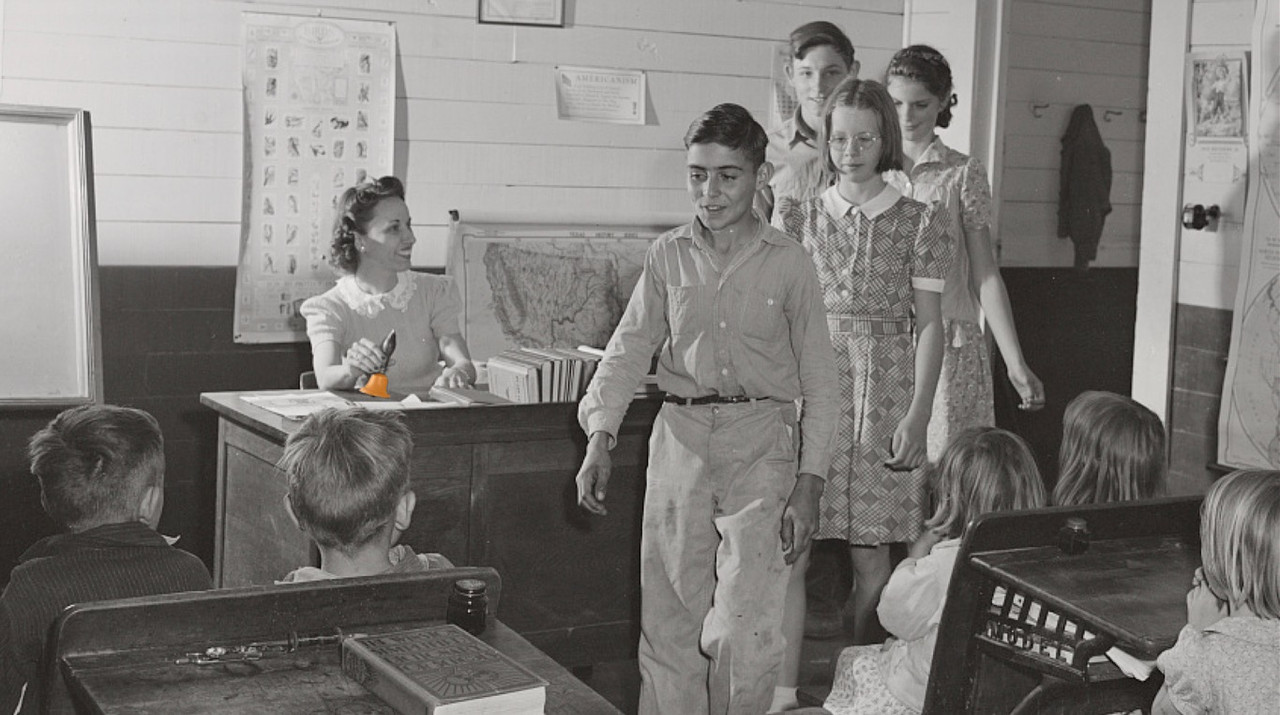
San Augustine, Texas. Rural school children coming into class as the teacher rings the bell, 1943
What is a bell ringer? It's a quick and easy activity that students can complete independently or together as they wait for class to start.
Bell ringers prime kids' brains for learning. You can use bell ringers first thing in the morning, right before or after recess or lunch, between classes and subjects, or even at the end of the day.
Ringaling!
Pre K - 2 3 - 5 6 - 8 9 - 12 13+ Bell Ringer Teaching Strategies
Great lessons,  Jed Edwards
! I've added a link to this album in the following resource set from the Primary Source Nexus - Primary Source Learning: World War I Teaching Resources.
Jed Edwards
! I've added a link to this album in the following resource set from the Primary Source Nexus - Primary Source Learning: World War I Teaching Resources.
Sounds & Scenes of the Home Front: Messaging in American Media During World War I
The final project of my TPS internship in the fall of 2024, this album is a series of separate but connected lesson plans designed for students to learn about how patriotism and propaganda were promoted through different forms of media during World War I. Designed for a high school-level History class learning about WWI or early 20th-century United States, or an English class examining the language and rhetoric of propaganda through different mediums.
Testimonials
- I love that there is new info on the site daily!
- I had a wonderful time working with the Library of Congress and learning about all of the resources at my fingertips!
- The TPS Teachers Network has an equal exchange of ideas. You know it's not a place where you're being judged.
- My colleagues post incredibly fine resources and ideas....the caliber of the suggestions and resources make me feel that I take a lot from it. It's a takeaway. And I hope that I can give back as much as I get.
- Going into this school year, I have a fantastic new resource for my own instruction and to share with my colleagues!
- I am very glad that I discovered the TPS Teachers Network through RQI. Great resources can be hard to find out there on the internet!

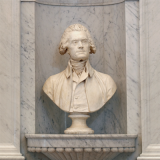


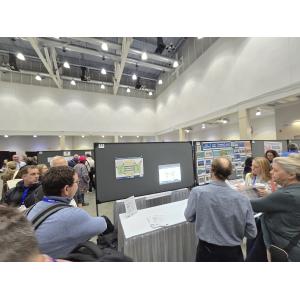
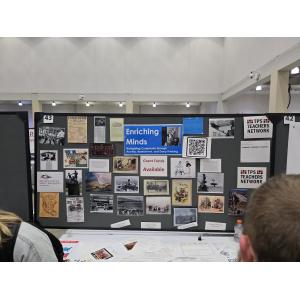

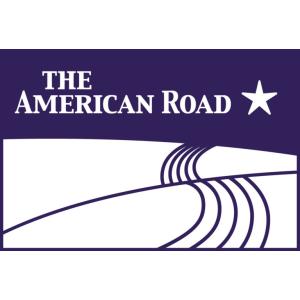
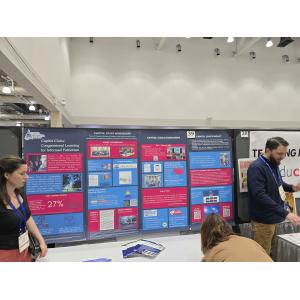
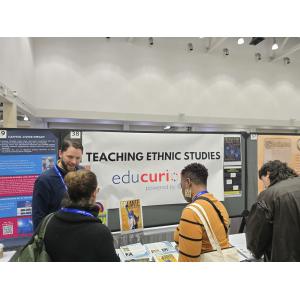
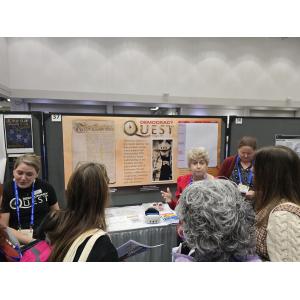
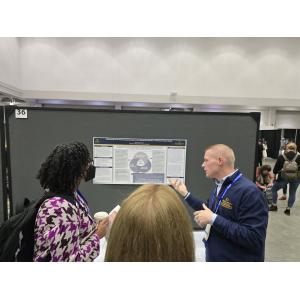
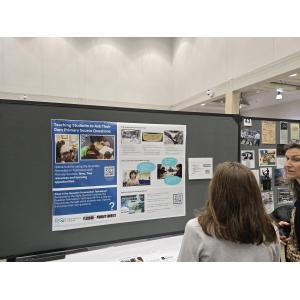
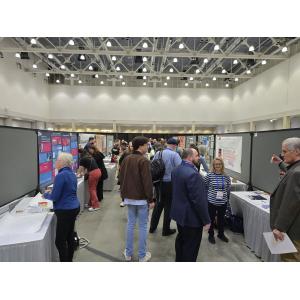
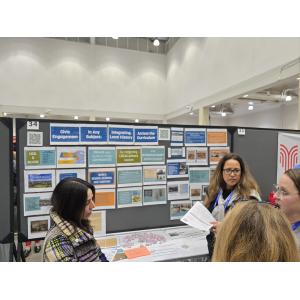

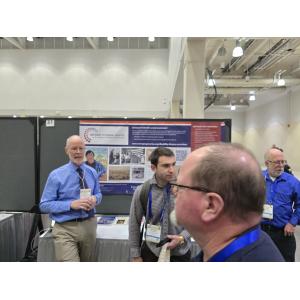

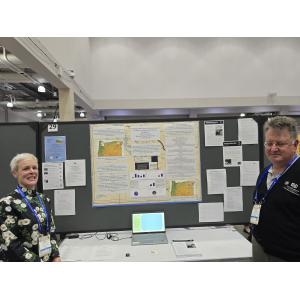
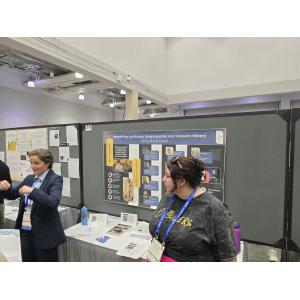
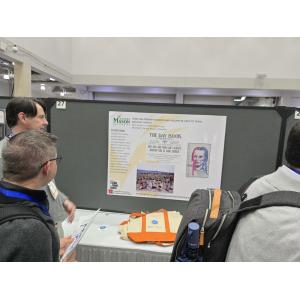
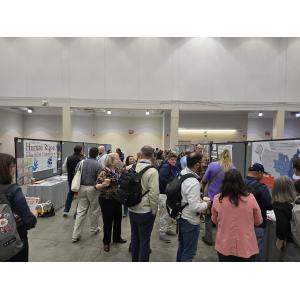

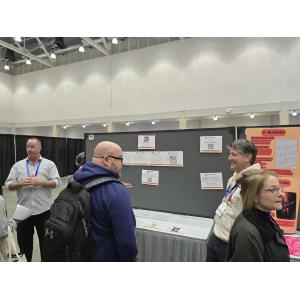
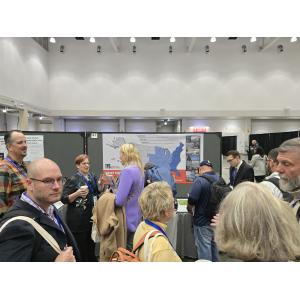
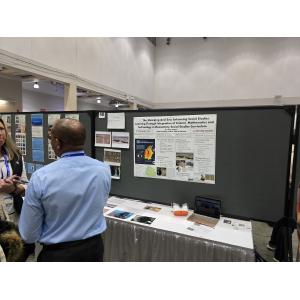
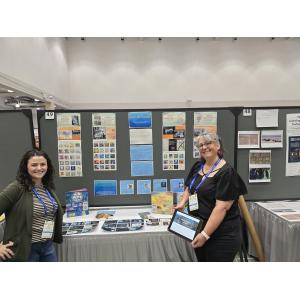
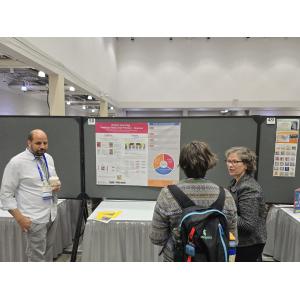
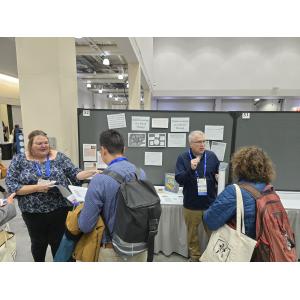
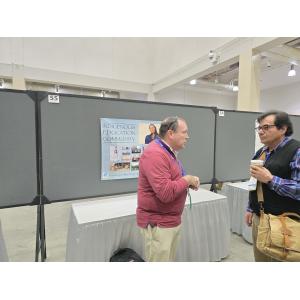
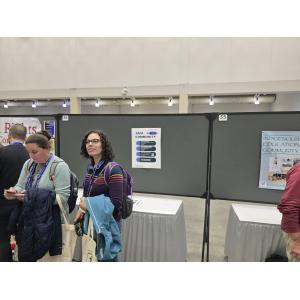
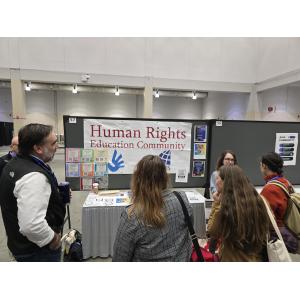
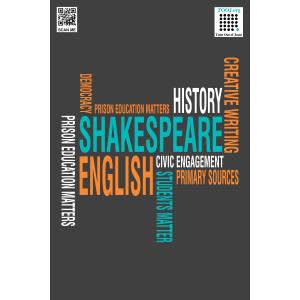
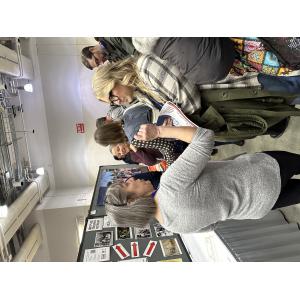
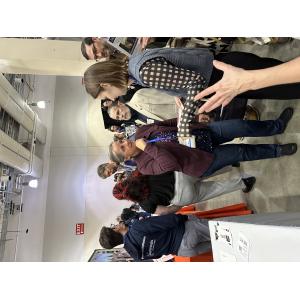
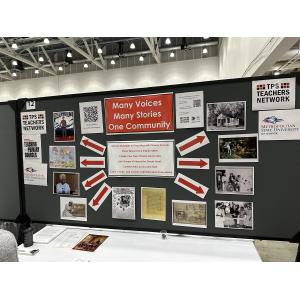
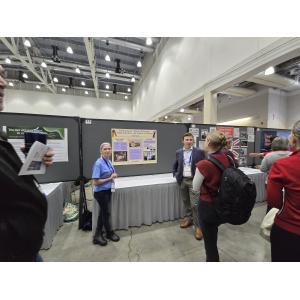
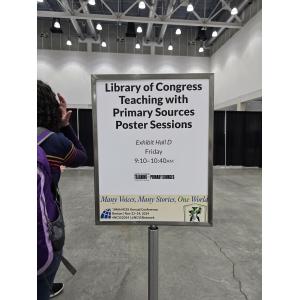
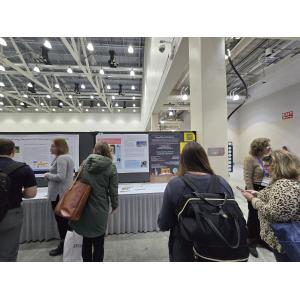
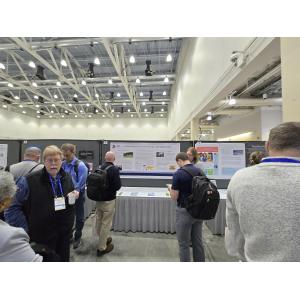
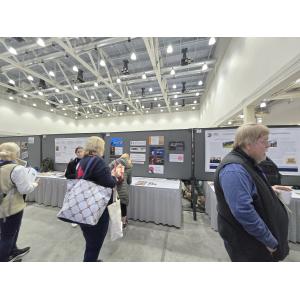
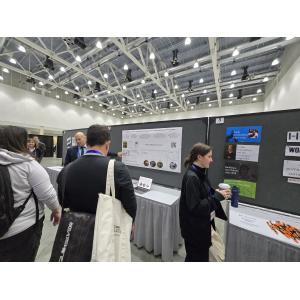
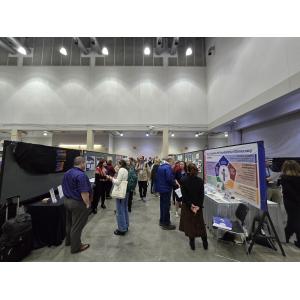
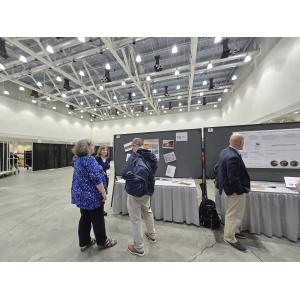
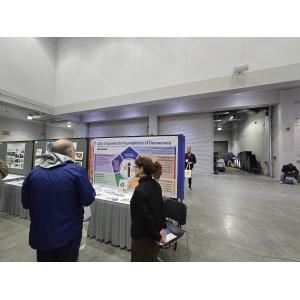
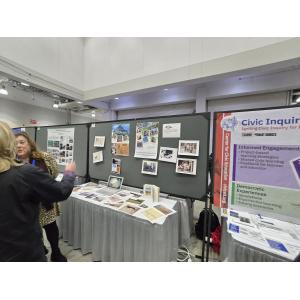
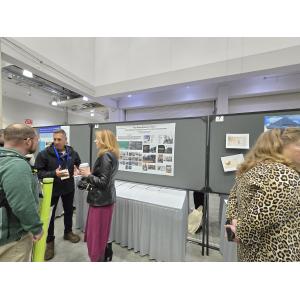
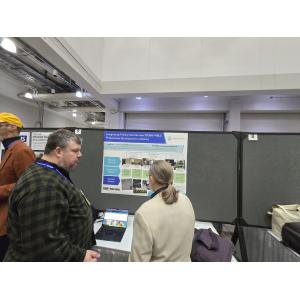
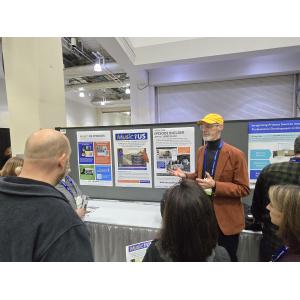
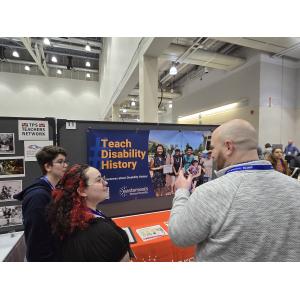
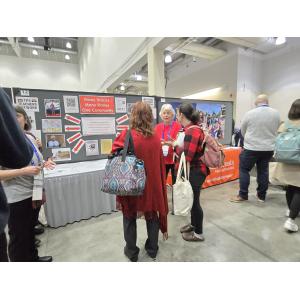
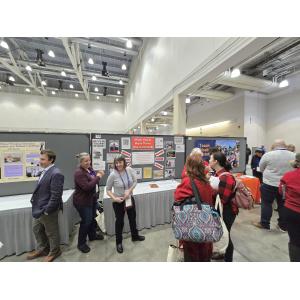
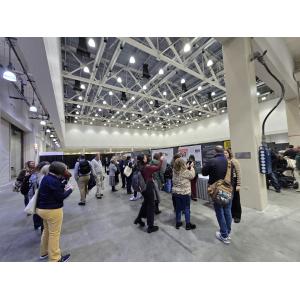
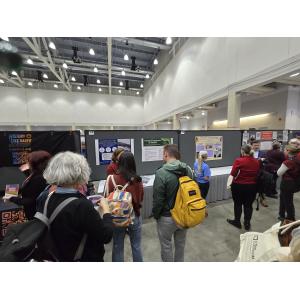
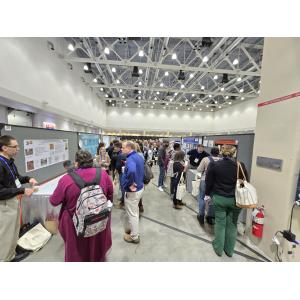

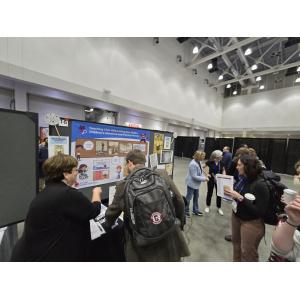
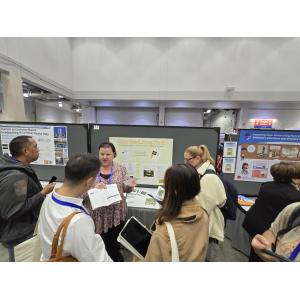

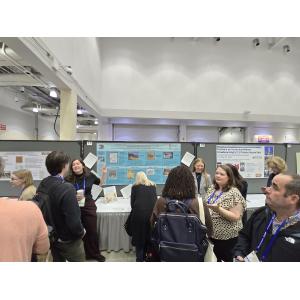
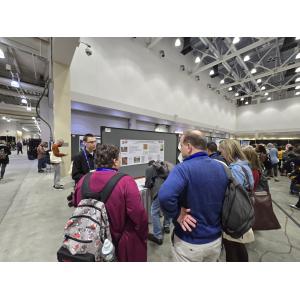
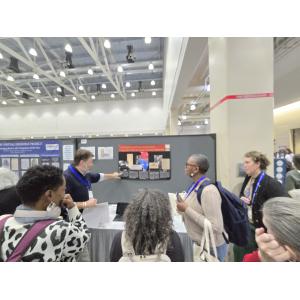
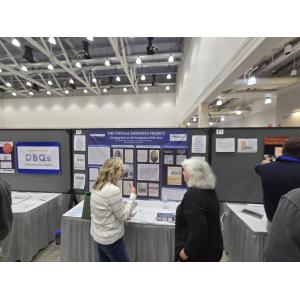
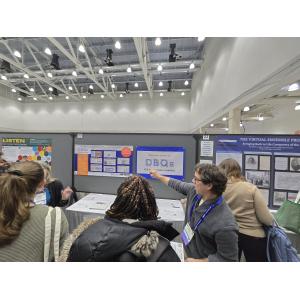
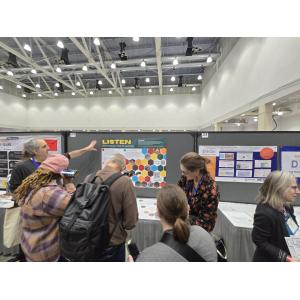
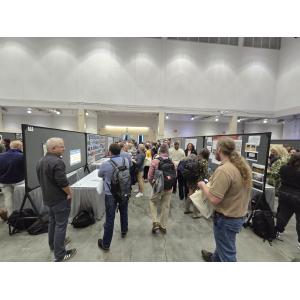

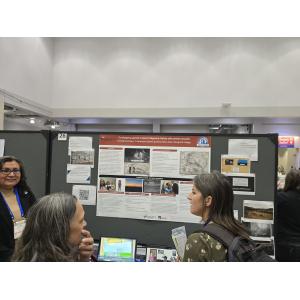










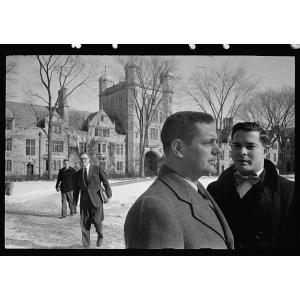
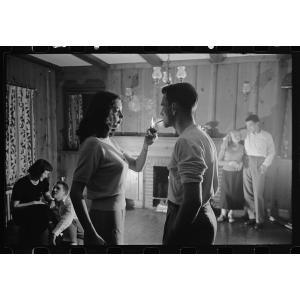
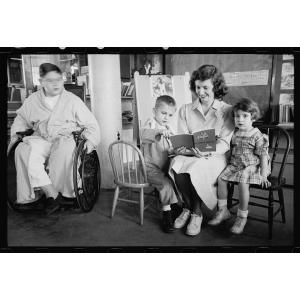
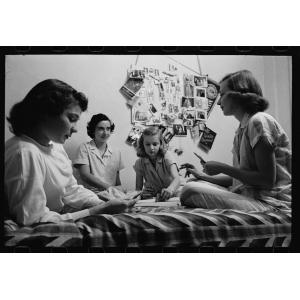
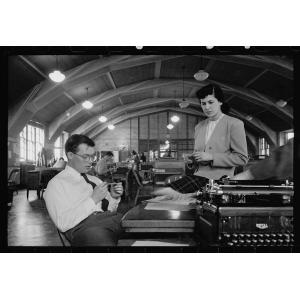
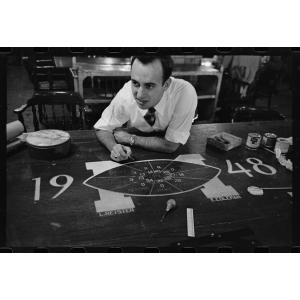
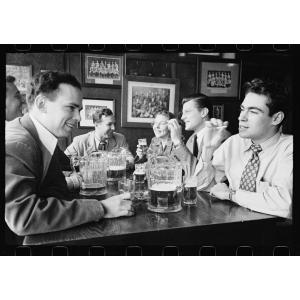

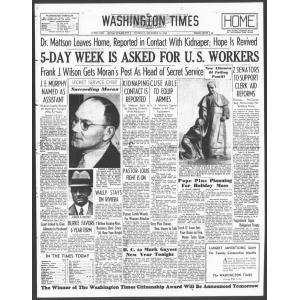
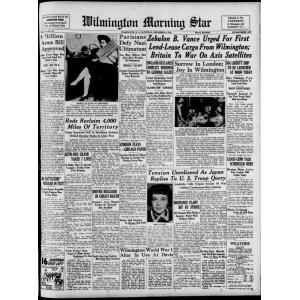
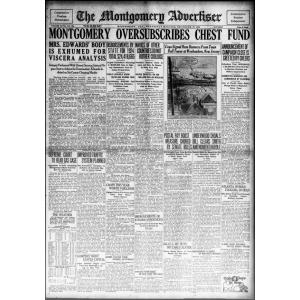
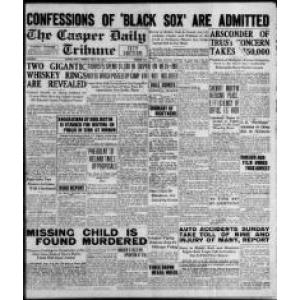
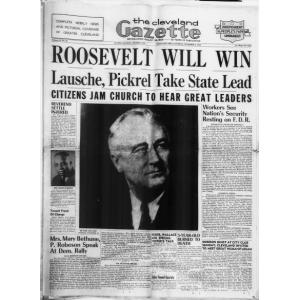
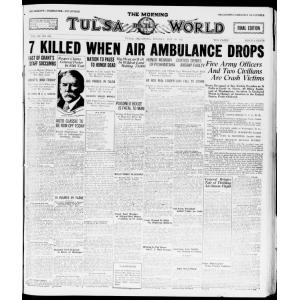

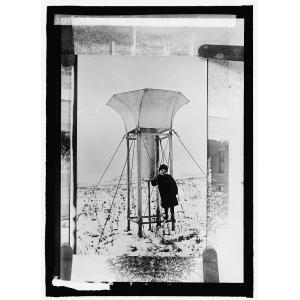
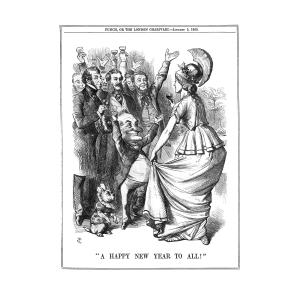
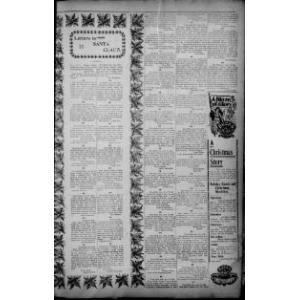
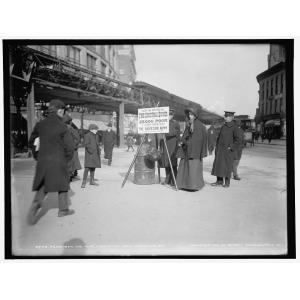
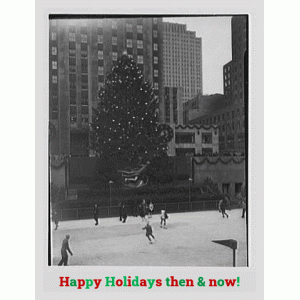

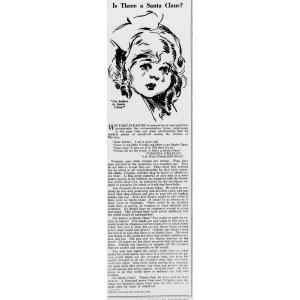
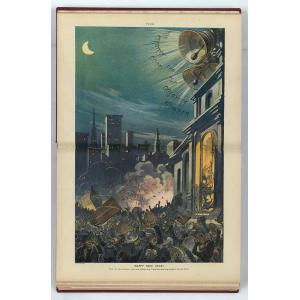
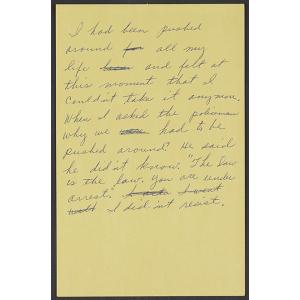
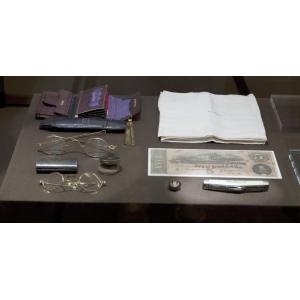
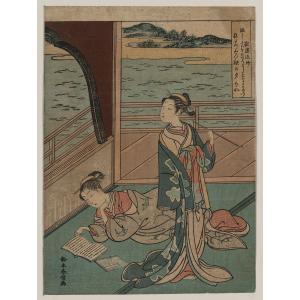
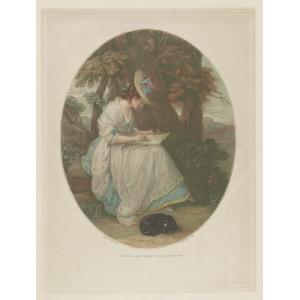
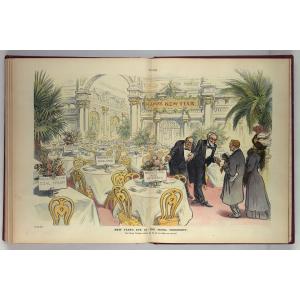
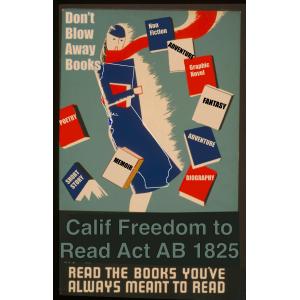
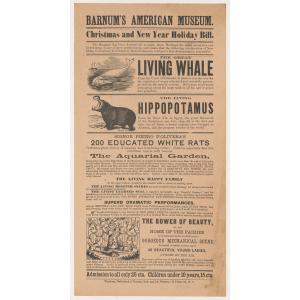

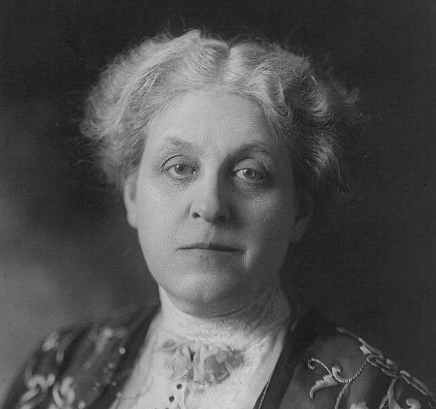
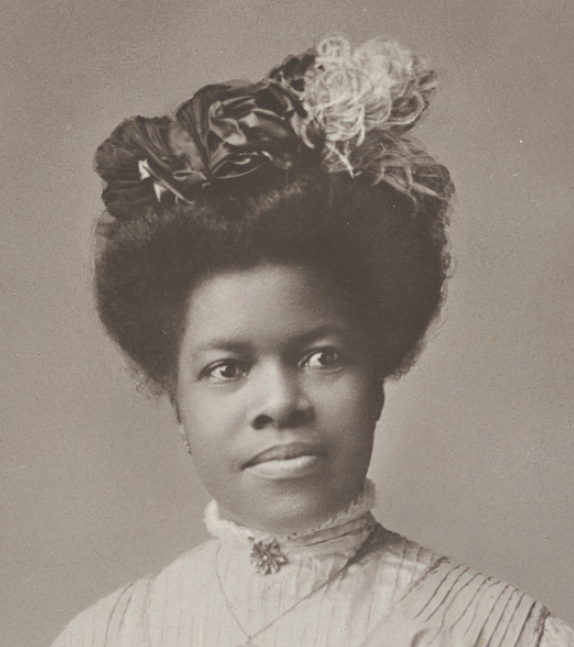
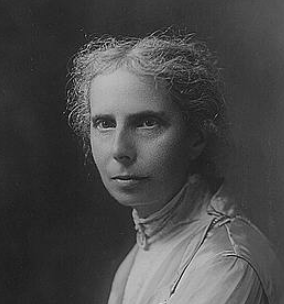
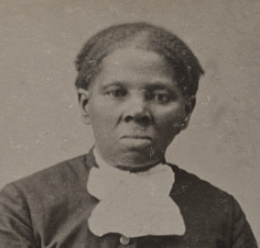

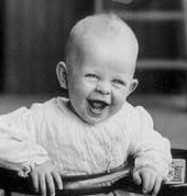
Maybe I'll make a little screencast and include it in the description above for others interested in searching this way. Thanks!